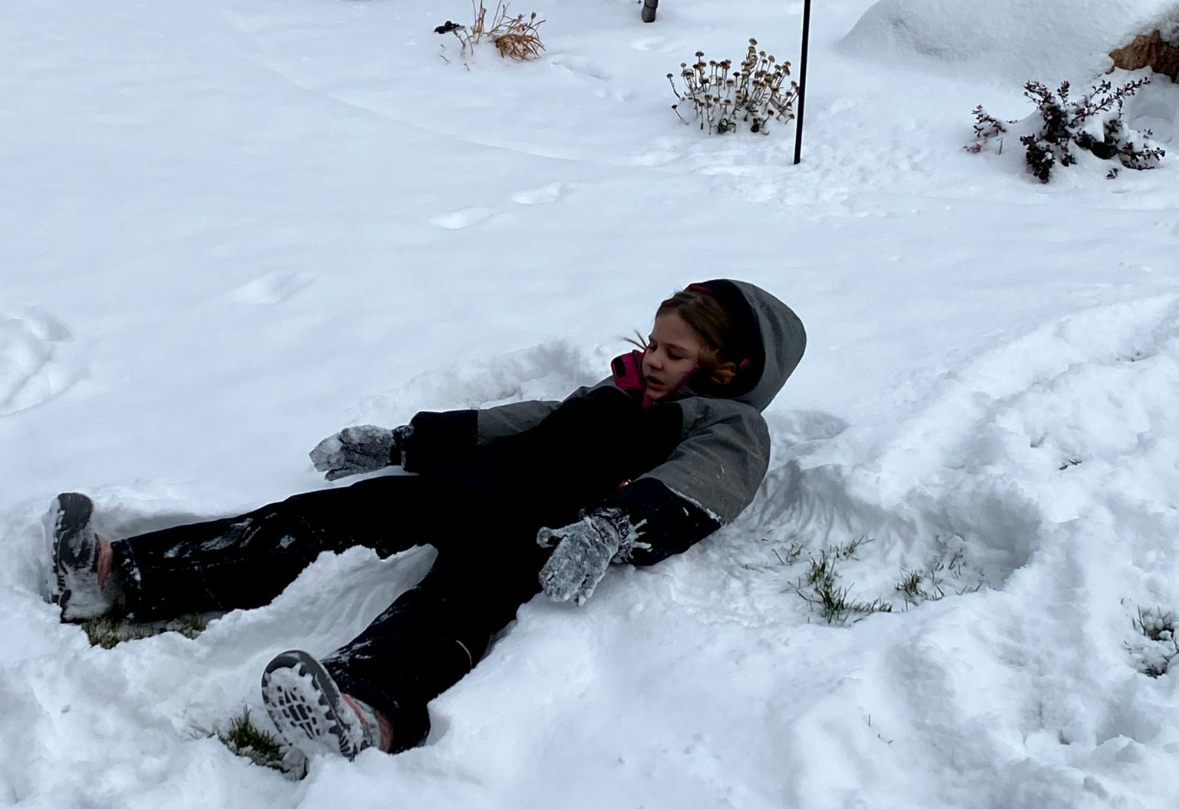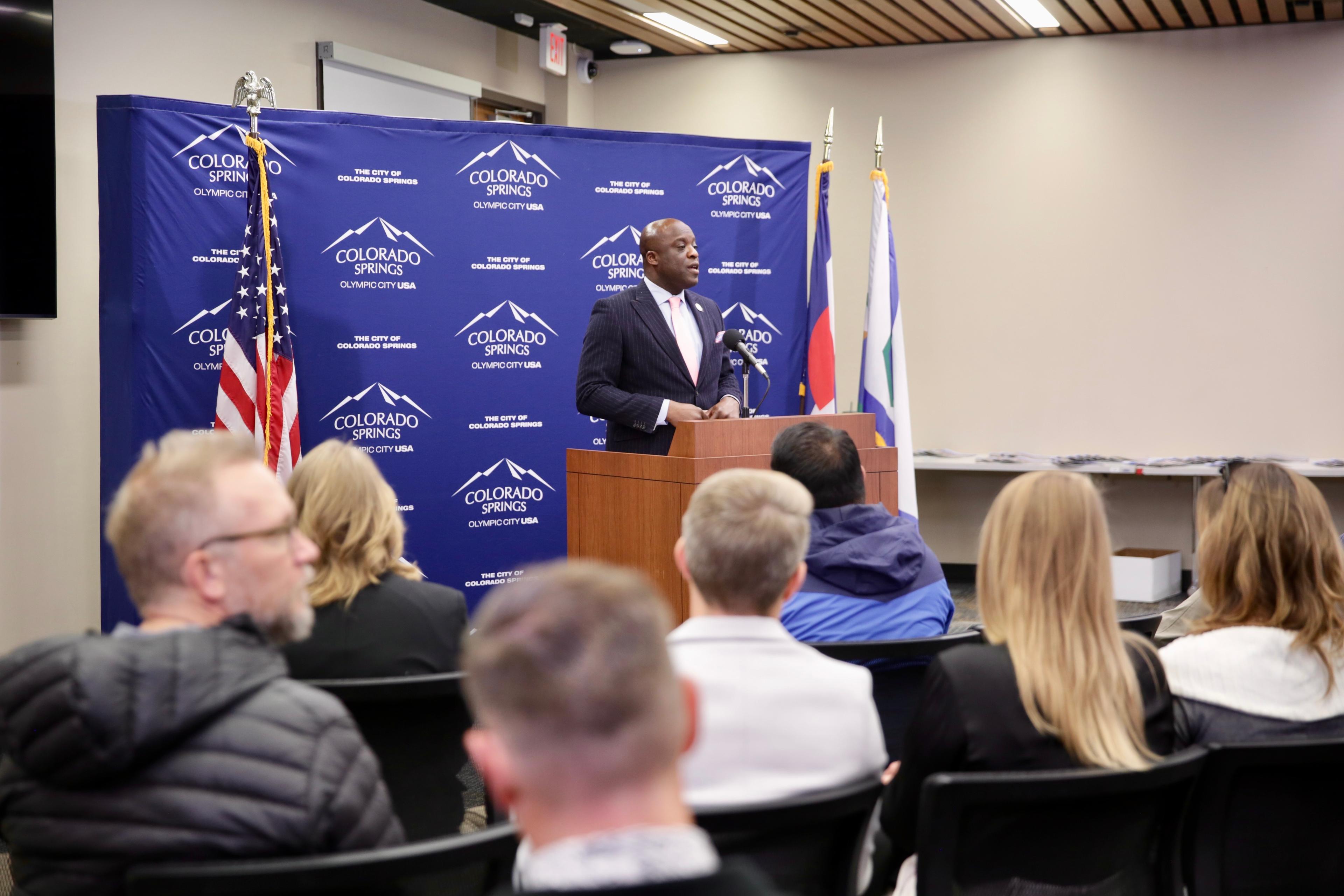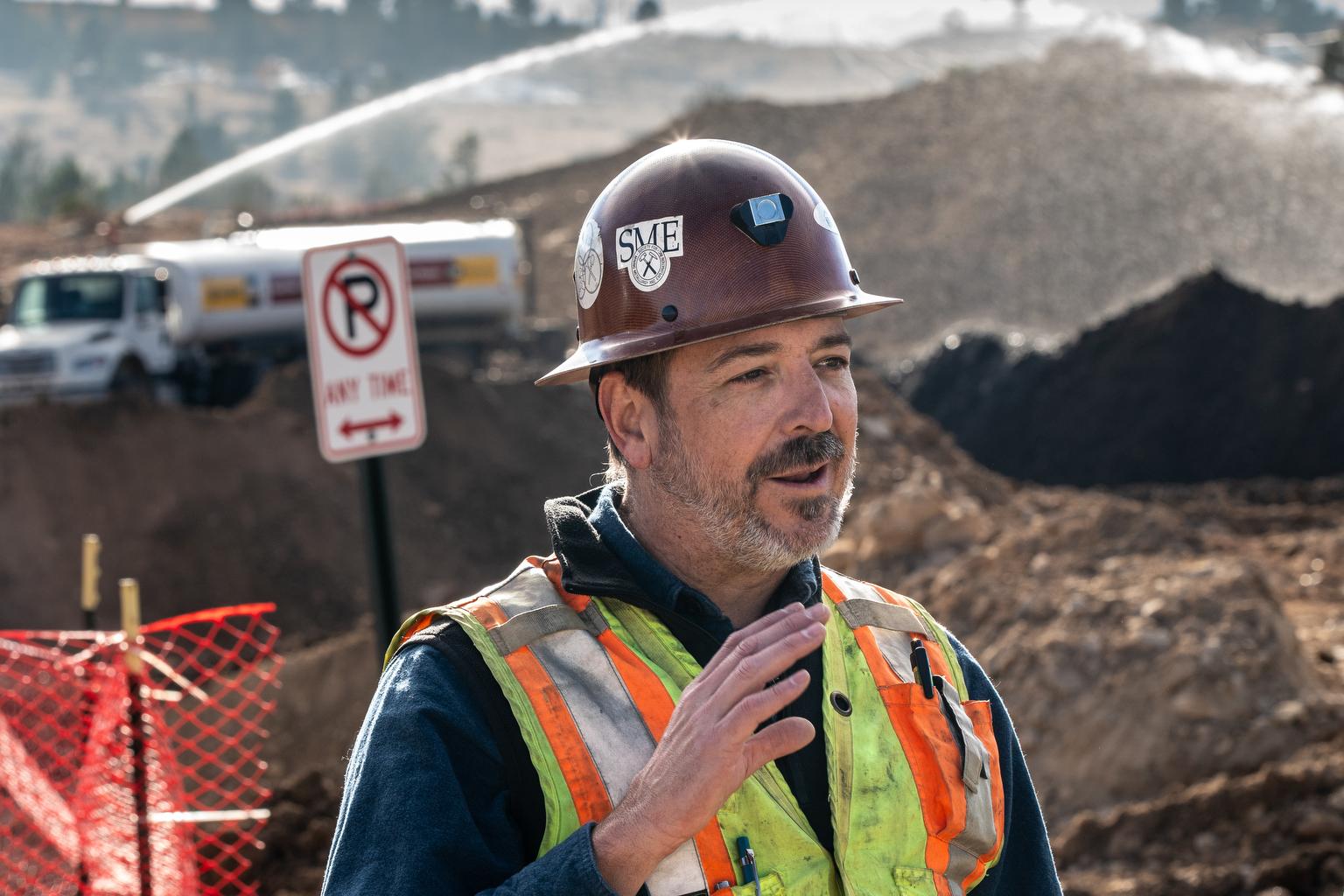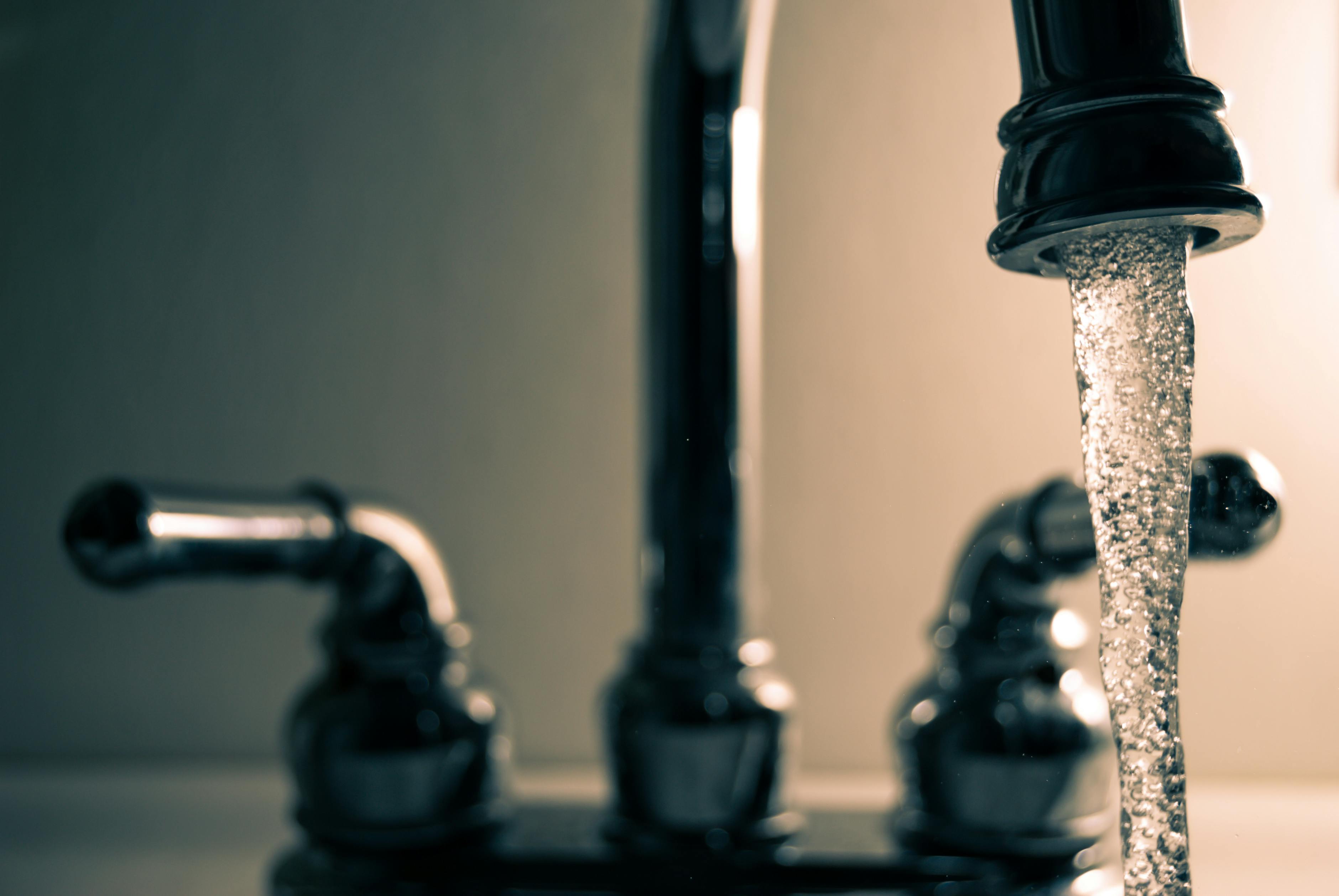
With ballots in the mail, it’s a pivotal week for the presidential campaigns in Colorado. The focus now shifts from persuading voters to collecting their votes, all 3.1 million of them.
In many states, get out the vote efforts are an Election Day sprint. In Colorado, all-mail-voting has turned election season into a three week marathon. Soon, the Secretary of State's office will put out daily updates on returned ballots. Campaigns can pay for more detailed voter data, allowing their armies of door-knocking, phone-dialing volunteers to know where to focus their efforts.
“These people have their ballots on their kitchen tables, like any other thing you get in the mail. So it's making sure that turns into a vote for us,” says Ali Pardo, the Republican National Committee's communications director in Colorado.
The RNC has had a full-time presence in the state for the past four years, with the goal of both identifying potential voters and cultivating relationships with them.
“What we're doing now is making sure that everything that we've built to, that foundation that we've been laying on the ground since 2013 is really in full motion and ready to go,” Pardo says.
Much has been made of the Obama campaign's field operations in 2008 and 2012, how they married data-mining with massive on-the-ground organizing to turn out their voters. Pardo admits Republicans were outmaneuvered, but points to Cory Gardner's successful Senate campaign as proof that GOP strategists have caught up.
“The operation they built did a fantastic job of getting those ballots and turning them in,” she says. “We're looking to do the same thing now in the presidential.”
The Mail Ballot Effect?
Colorado's move to all-mail ballots is a bit of a wild card in 2016's election. Republican lawmakers fought the change when it was proposed in 2013, fearful it could help drive up Democratic turnout. Republican candidates did quite well though in elections the following year, as they often do in off-years.
That result doesn't surprise people who study elections.
“I have not seen any studies suggesting a big partisan difference in the outcome when vote-by-mail was introduced,” says University of Wisconsin political science professor Barry Burden.
So far, studies on the impact of mail ballots don’t show them having much effect on which voters turn out. But that data comes mostly from Oregon and Washington, two safely Democratic states.
“What's going to be different in Colorado is that Colorado is a swing state,” Burden says. “So what we haven't seen yet is a state with an aggressive vote-by-mail strategy and really intense campaigning going on at the same time. And Colorado's going to provide that test for us.”
Privately, some Democratic strategists worry Colorado’s move to mail ballots could end up working against them. That's because Latinos and millennials -- two groups the party relies on -- tend to be pretty mobile. Ballots don't get forwarded to new addresses so people who move and forget to update their voter registration could be out of luck.
To prevent this, the Clinton campaign is keeping close track of its supporters. For a year now, attendees at every campaign event have been offered “intent to vote” cards in order to get reminders in their mailboxes. Campus organizers have been working colleges, making sure students update their registrations to their new dorm rooms. Volunteers have been hunting for voters everywhere from grocery store parking lots to hiking trails to cyberspace.

“Our goal is to really be as many places as possible,” says Clinton’s Colorado director Emmy Ruiz. “We're doing a lot of work online, for example FaceBook Live. We're also registering voters via text message, and we've seen a lot of really encouraging results there.”
The party’s voter registration efforts appear to be paying off. For the first time in decades, the number of active Democratic voters in Colorado has surpassed the number of Republicans.
Don’t Wait
When it comes to getting ballots turned in, it’s clear that one lesson Democrats took away from 2014 is that momentum counts.
Democratic ballot returns lagged behind Republican for two weeks in that election, before surging on Election Day. That precedent has Sen. Michael Bennet’s campaign worried enough that it recently sent an email to supporters, urging them not to place too much faith in the early turn-in numbers.
“If the 2014 election taught us anything, it’s that these early turnout numbers will be incredibly misleading and unrepresentative of the end results we’ll see on election night,” the message reads.
Beyond reassuring their voters, Democrats are also hoping to get them to change their ways.
“We want this to be an election that’s a little different,” says Colorado Democratic Party Chair Rick Palacio. “We don’t want to be the last ones to turn our ballots back in.”
Strong early returns can help motivate voters, Palacio says, “[it’s] the idea that your friends and neighbors that think and act and are voting like you are turning their ballots in. And you want to be part of that.”
Helping out the party isn’t the only reason for voters to return their ballots quickly. Palacio also makes a pitch designed to appeal to Coloradans of any political stripe.
“Your telephone calls are going to stop,” he says. “Your door-knocks are going to stop, if you turn your ballot back in.”
With both parties boast record-breaking organizing efforts, voters who wait to return their ballots are likely to find themselves the focus of a lot of campaign attention between now and Election Day.









